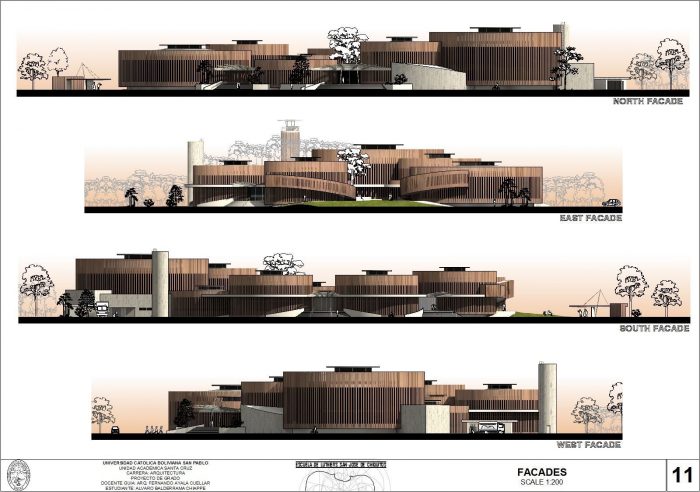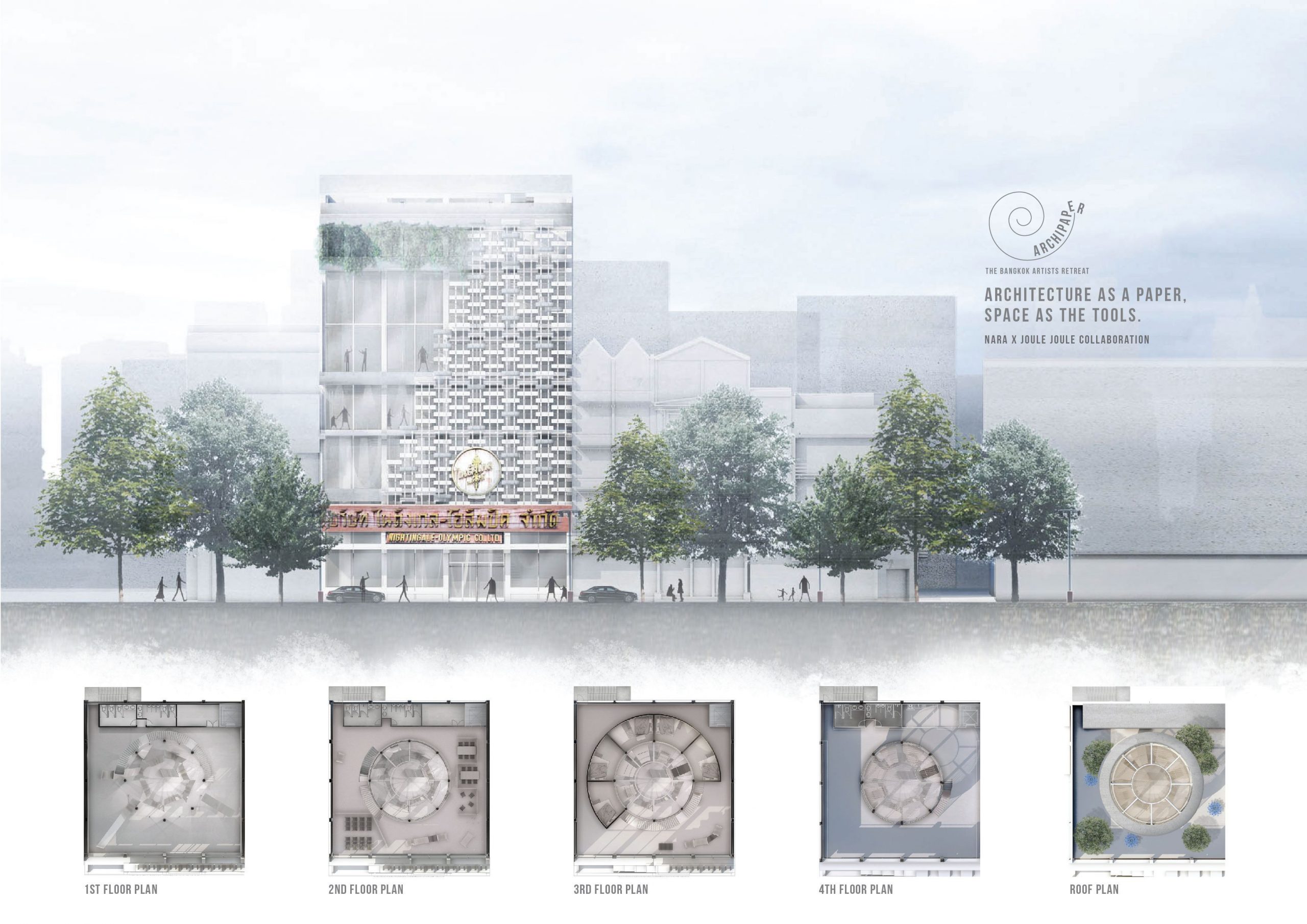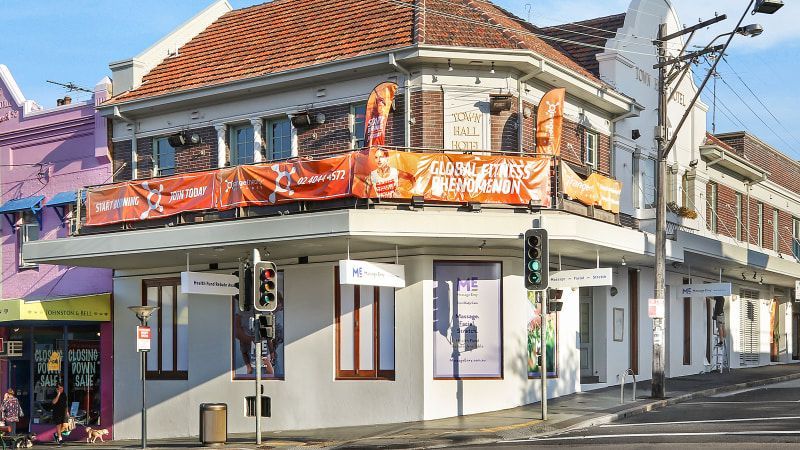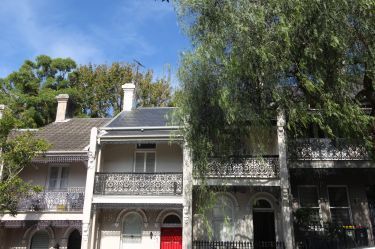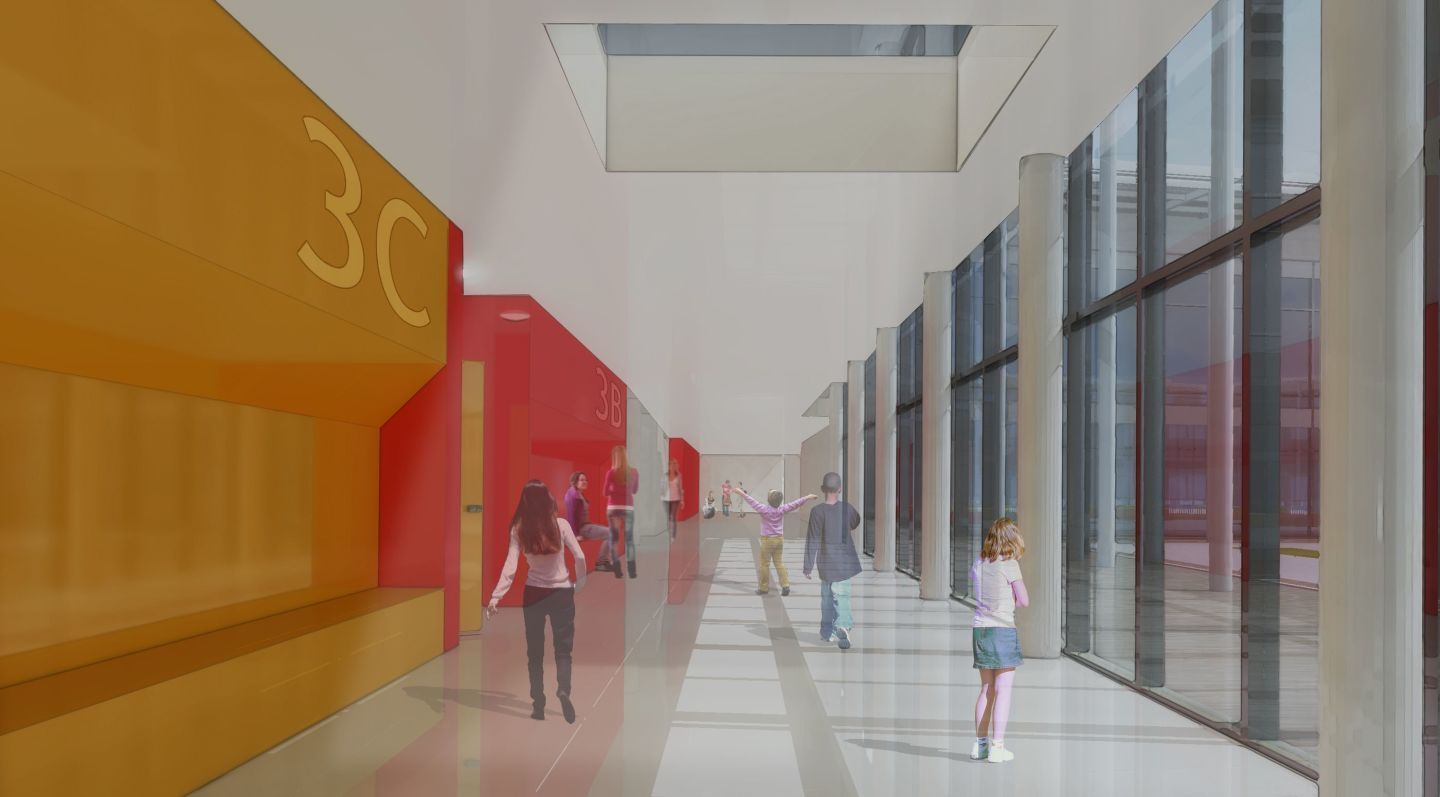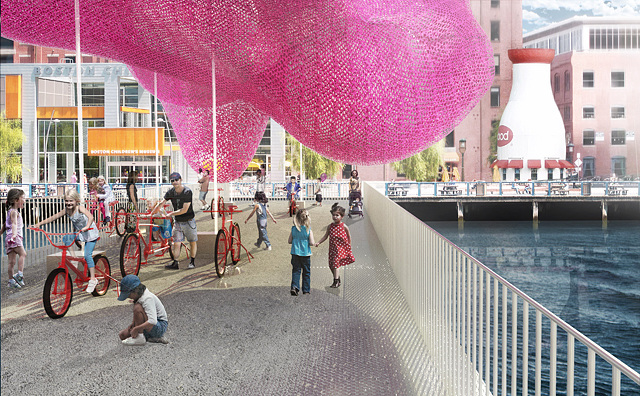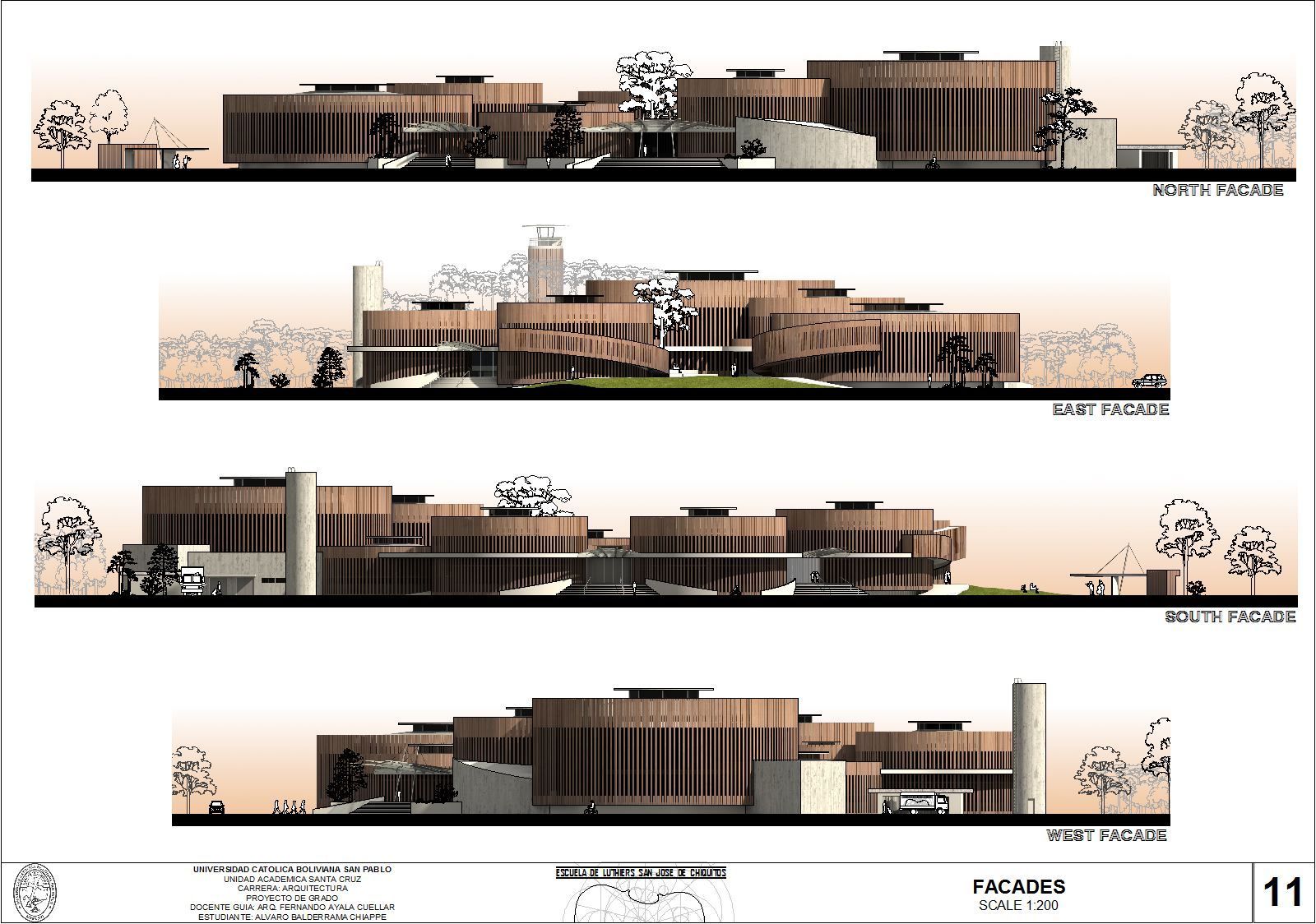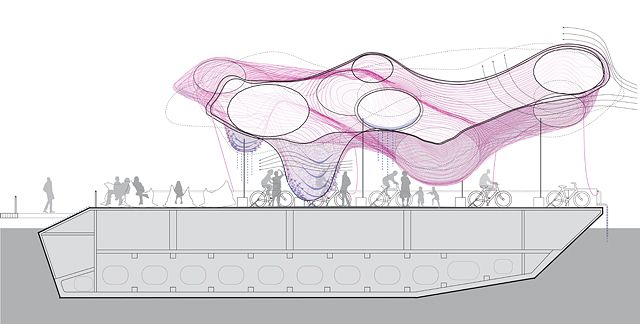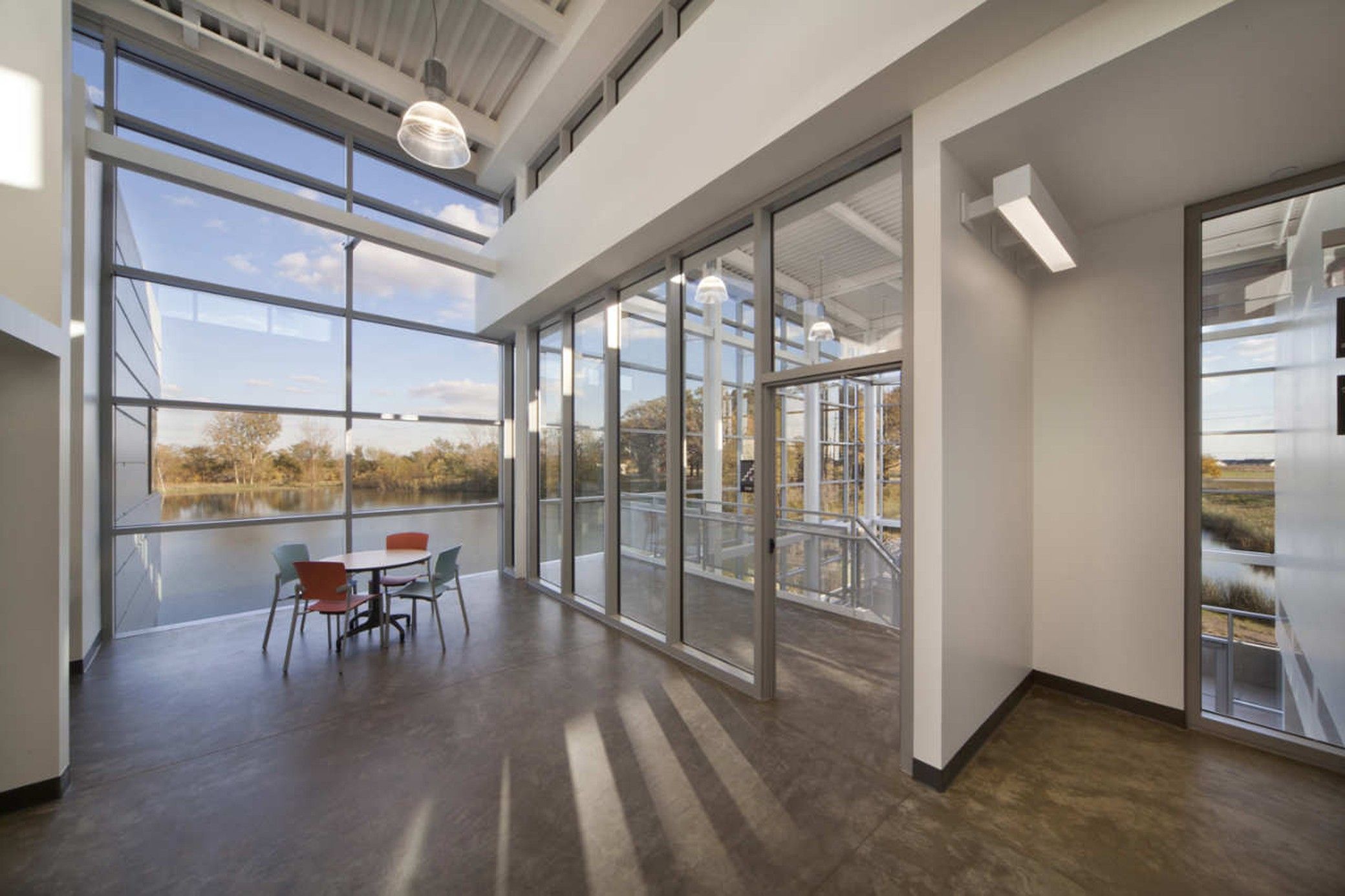San José de Chiquitos
This work was developed the year 2014 as my final project to get my Architecture Degree in “Universidad Católica Boliviana San Pablo” in the city of Santa Cruz de la Sierra – Bolivia.
The project is entitled “Luthier School San José de Chiquitos” for its location in the town of San José de Chiquitos, where the Spanish conquerors taught the art of making high quality music instruments (such as violins, cellos, basses, harps and many others) to the native people during XVII century.
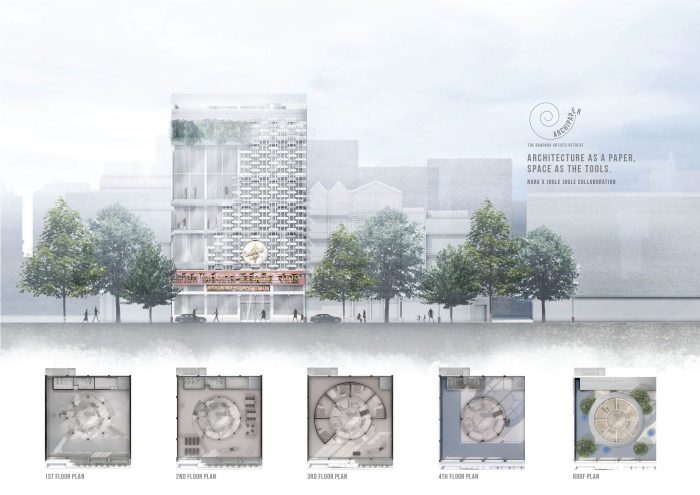 The Jesuit conquerors needed to turn natives into religion, so they used music as a tool, and found great potential in the precious woods of this region and the crafting ability of the people. By the beginning of XVIII century, Bolivian instruments were highly valued in Europe, so much that Vienna’s Symphonic Orchestra played with Chiquitano violins.
The Jesuit conquerors needed to turn natives into religion, so they used music as a tool, and found great potential in the precious woods of this region and the crafting ability of the people. By the beginning of XVIII century, Bolivian instruments were highly valued in Europe, so much that Vienna’s Symphonic Orchestra played with Chiquitano violins.
This tradition is still alive and the locals play for fun and devotion, as they were taught centuries ago. In San José you find five year old kids playing baroque music in a violin and its pretty normal for them.
The problem found here is the need of infrastructure, organization and tools. People make their instruments in the streets, their kitchens, or even worse, they stop crafting for the lack of tools and possibilities.
The goal is to create an architecture project that fulfills all the needs of the region concerning lutherie. The tradition, culture and talent of the natives must encouraged and preserved but it might also deserve to be known worldwide once again.
The project is located 3,1 miles south of the town of “San José de Chiquitos”, Spanish colonial settlement from 1697. This region is located in South America, inside the Amazonas jungle in the Bolivia.
SITE
The site is strategically located between international roads that connect Bolivia, Brazil and Paraguay. The expansion area of the site is 336 910.39 sq. feet and it’s highly vegetated by different species with heights up to 70 feet.
MORPHOLOGY
The geometry used for the design process of the buildings is extracted from the basic geometry used by Antonio Stradivari to shape violins: Composed by 32 circles and 10 straight lines.
The different circles are proportioned following the Fibonacci sequence, used through history in innumerable examples in architecture, painting, sculpture, music and others.
ORGANIZATION
Each area of the project is assigned to a circle that fits its needs of space. Then the circles are organized according to the relation between different areas, and finally this organization adapts to the landscape.
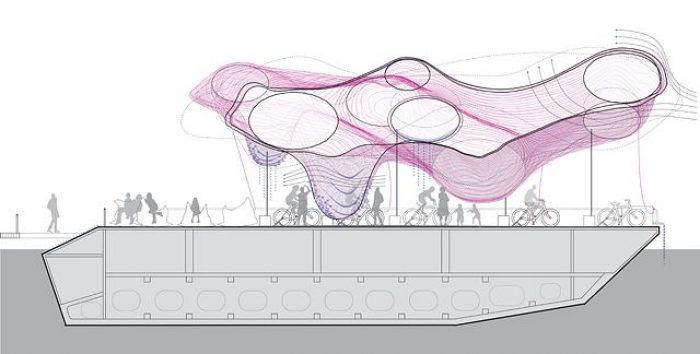 PROJECT CREDITS
PROJECT CREDITS
PROJECT NAME: Luthier School “San José de Chiquitos”
NAME: Alvaro Balderrama Chiappe
SCHOOL: Universidad Católica Boliviana San Pablo – (Santa Cruz de la Sierra, Bolivia)
Arch2o has received this project from our readers in order to participate in the Students week 8 event, you may submit your own work for publication in the Students Week 9 , for more details please CLICK HERE


